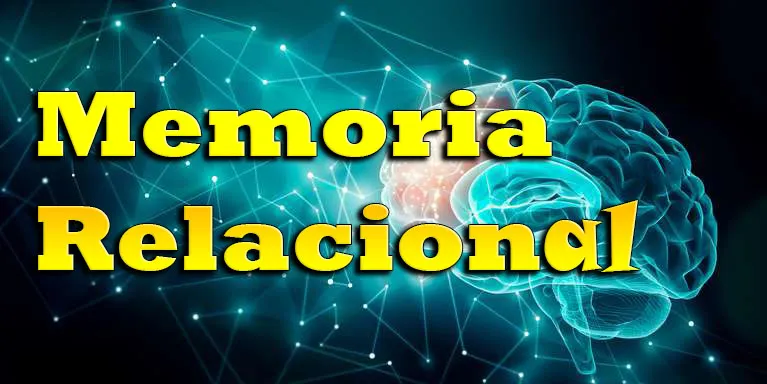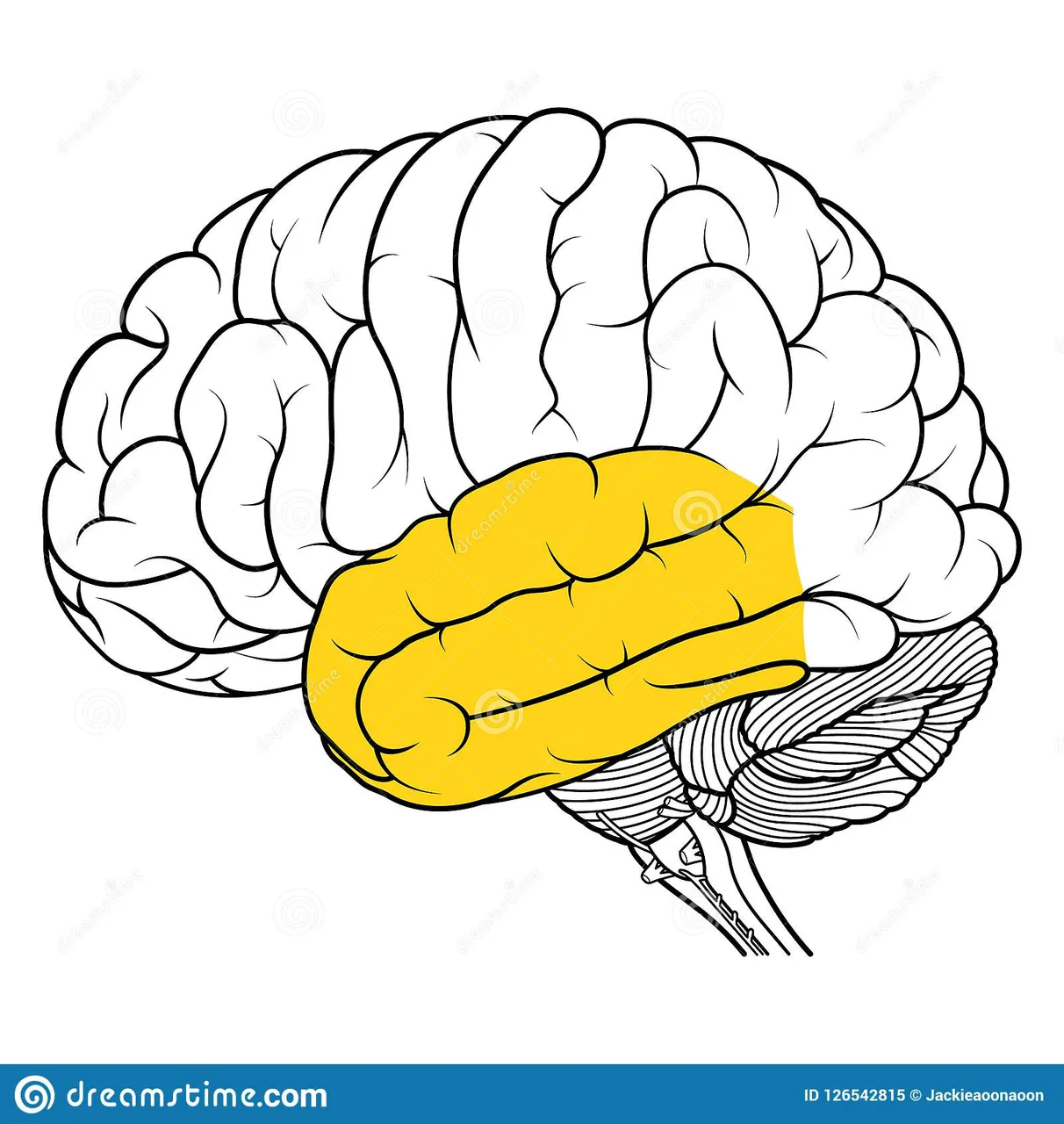

Have you ever wondered why smells bring back memories of your childhood, of some food🍝 your mother used to prepare, or some toy that made you happy? Sometimes we can remember how our grandmother or our father smelled, even how our sheets smelled when we were children. We can also connect this phenomenon when we taste some food, that flavor awakens memories of our childhood that causes us pleasure. I just wanted to share with you this curiosity of the human mind, let's develop the idea a little more to make it a little clearer what is the relational memory.

El hipocampo es un área relacionada con la corteza cerebral que se ubica al interior del lóbulo temporal. Se le considera perteneciente a la corteza primitiva.
The hippocampus is an area related to the cerebral cortex located inside the temporal lobe. It is considered to belong to the primitive cortex.

Fuente de la imagen
Se encuentra en estrecha comunicación con diversas regiones de la corteza cerebral en lo que podría considerarse un sistema, el sistema hipocámpico. En él se incluirían, la corteza perirrinal, la entorrinal y la parahipocámpica.
En el ser humano el sistema hipocámpico se asocia a la llamada memoria episódica y a la memoria espacial. Las personas con daño hipocámpico, en especial en el hipocampo derecho, presentan problemas para la ubicación de objetos individuales en un ambiente (memoria con contenido espacial). Sin embargo, la memoria espacial depende también de otras estructuras nerviosas. Así, el lóbulo parietal parece ser importante en relación al conocimiento espacial, tipo de memoria que parece estar presente en diferentes áreas de la corteza de ese lóbulo, en cada una de las cuales puede tener un tipo de representación diferente.
Como la representación espacial es un fenómeno muy complejo diversas otras estructuras participan en su manejo:
- el lóbulo frontal transforma el conocimiento espacial en acciones.
- la corteza motora usa referencias espaciales para codificar sus programas.
- la corteza premotora tiene una serie de representaciones espaciales diferentes relacionadas con la generación de movimiento.
- la corteza prefrontal maneja también representación espacial y participa en la memoria de corto plazo.
El hipocampo presenta memoria espacial episódica relacionada con la orientación espacial.
En relación al cumplimiento de esas tareas se ha descrito en el hipocampo la actividad eléctrica de ciertas neuronas obtenida de ratas que cumplen determinadas tareas en el laberinto de masas de 8 brazos.
Se ha encontardo que la mayoría de las neuronas presentan especificidad de lugar para diferentes sectores del laberinto. Es decir, cada neurona descarga a más alta frecuencia cuando el animal se encuentra en un determinado espacio del laberinto.
Fuente
It is in close communication with various regions of the cerebral cortex in what could be considered a system, the hippocampal system. It would include the perirhinal, entorhinal and parahippocampal cortex.
In humans, the hippocampal system is associated with episodic memory and spatial memory. People with hippocampal damage, especially in the right hippocampus, have problems locating individual objects in an environment (spatial content memory). However, spatial memory also depends on other nervous structures. Thus, the parietal lobe seems to be important in relation to spatial knowledge, a type of memory that seems to be present in different areas of the cortex of that lobe, in each of which it may have a different type of representation.
As spatial representation is a very complex phenomenon, several other structures participate in its management:
- the frontal lobe transforms spatial knowledge into actions.
- the motor cortex uses spatial references to encode its programs.
- the premotor cortex has a number of different spatial representations related to the generation of movement.
- The prefrontal cortex also handles spatial representation and participates in short-term memory.
The hippocampus has episodic spatial memory related to spatial orientation.
In relation to the performance of these tasks, the electrical activity of certain neurons obtained from rats performing certain tasks in the 8-arm mass maze has been described in the hippocampus.
It has been found that most of the neurons show site specificity for different sectors of the maze. That is, each neuron discharges at a higher frequency when the animal is in a certain space of the maze.

Para darle fin a esta publicación solo quiero agradecerle a los lectores por tomarse el tiempo de leer un poco este pequeño post hecho con mucho cariño para todas esas personas que como yo en algún momento de nuestras vidas hemos tenido esa curiosidad de saber cómo se generan esos recuerdos que se forman al oler o probar alguna comida o escuchar una canción o algún sonido en particular
Intentare traerle más curiosidades de cosas que se me ocurren hasta la próxima 😊💕
To end this post I just want to thank the readers for taking the time to read this little post made with love for all those people who like me at some point in our lives have been curious to know how those memories are generated when smelling or tasting some food or listening to a song or a particular sound.
I will try to bring you more curiosities of things that come to my mind until next time 😊💕.
Translated with www.DeepL.com/Translator (free version)
Tambine te puede interesar Mi presentación en Hive aqui hablo sobre mi y mi trabajo.
